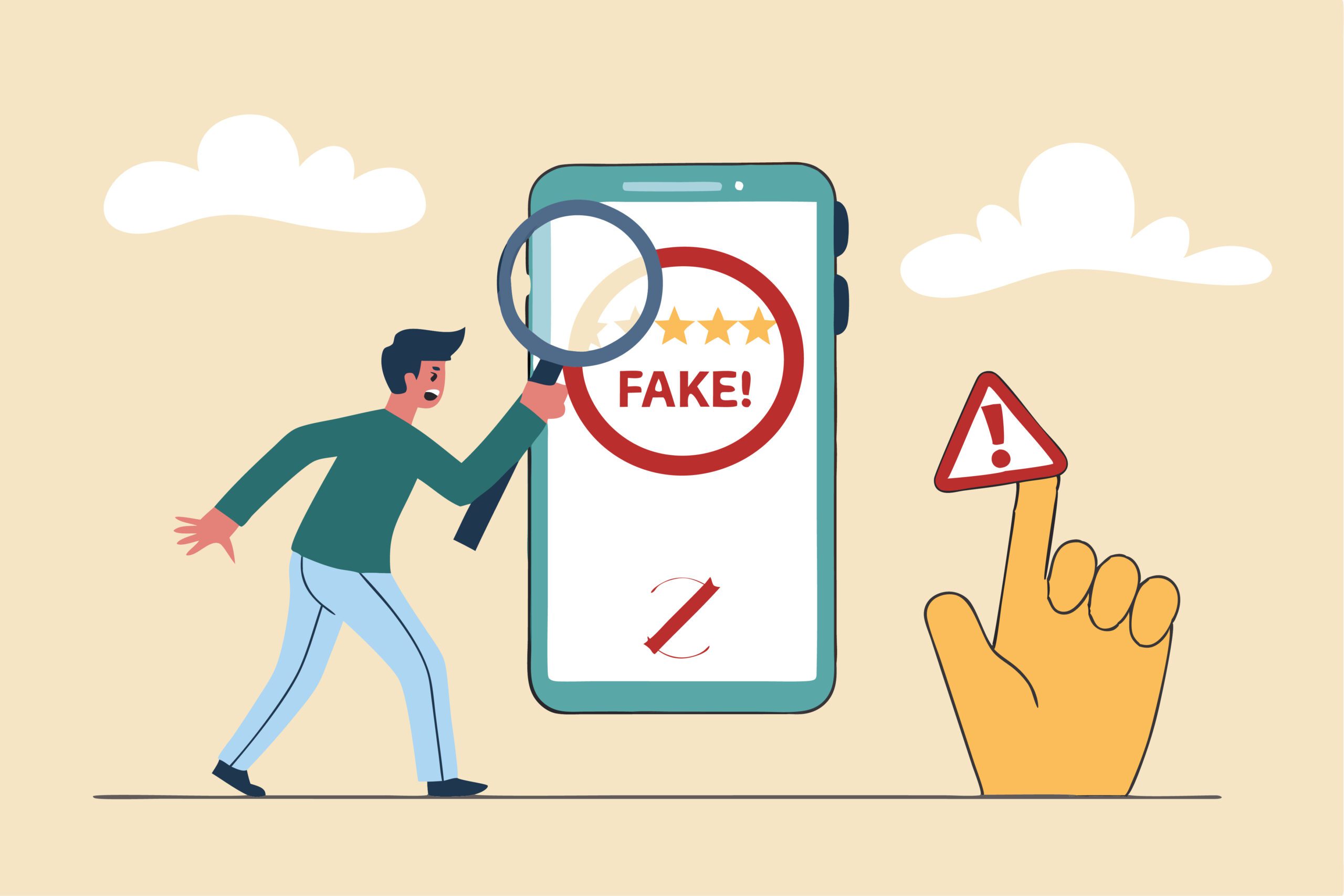How Review Bombing Happens—and What Businesses Can Do About It

Review bombing has become a serious concern for businesses, studios, and developers. It happens when a large number of users leave negative reviews—often one-star reviews—on a product, game, or film in a short period. Sometimes, it’s tied to genuine frustration; other times, it’s more of an organized attempt to criticize something unrelated to the actual product or gameplay.
Being aware of this behavior is essential for anyone managing a business, launching new games, or releasing a third episode of a television series or film.
What Is Review Bombing?
At its core, review bombing occurs when a wave of users posts negative feedback—often all at once—on review platforms like Google, Yelp, Rotten Tomatoes, Goodreads, and even Steam or Metacritic. These reviews might be about technical issues, customer service, or—in some cases—unrelated events like a controversial statement or poor translation.
For example, when a game launched with a poor Chinese translation, the developer faced backlash for the text and the entire game’s review page. The star rating dropped significantly within days, even though the gameplay remained solid.
Review bombing can be triggered by:
- Social or political controversy
- An unpopular creative decision (like the direction of a film or the third episode of a show)
- Bugs or errors in a system
- Mistaken identity or misinformation
The sheer number of one-star reviews can lead to a misleading overall rating, making the product seem much worse than it really is.
How Review Bombing Happens
There are several ways this kind of feedback spreads quickly:
Coordinated Campaigns
Sometimes, a thread on Reddit, a video on YouTube, or a post on X (formerly Twitter) sparks outrage. In a matter of hours, hundreds or even thousands of users may start leaving reviews to express their opinions—regardless of whether they’ve made a purchase or even used the product.
One example involves a television show’s third episode, where the storyline triggered negative reactions. Instead of discussing the episode in forums, users headed to Rotten Tomatoes to leave one-star reviews, tanking the show’s score overnight.
Bots and Duplicate Accounts
Review bombing doesn’t always come from real users. Some sites experience unusual voting activity due to fake accounts or bots that flood a page with negative reviews. These posts are often vague, repeated, or unrelated to the title.
Platforms like Steam and Goodreads have begun adding systems to detect and remove this behavior, but it remains a problem—especially during big releases.
Influencer and Community Response
Sometimes, the trigger is a single comment from a public figure, developer, or studio. If a community feels ignored or disrespected, the response can be swift. Users might post not just on the review page but also share links, screenshots, and threads urging others to join.
Why It Matters
Negative reviews affect more than just star ratings. For businesses and studios, review bombing can lead to:
- Lost sales
- Damage to brand trust
- Hesitation from new customers
- Bad press coverage
- Internal team frustration
The impact can linger. A game might recover its player base weeks after launch, but the low rating from those first few days may influence future opinions.
One well-known example involves a studio that released a new game with solid gameplay but failed to include certain promised features. When customers noticed, they voiced their complaints—at first on forums, then through reviews. The large number of negative reviews created an uphill battle for the team, even after patches were released and issues were resolved.
What Can Businesses and Creators Do?
1. Monitor Feedback Closely
Keep an eye on reviews on all platforms—Steam, Rotten Tomatoes, Sitejabber, and others. Look for sudden spikes in negative feedback, especially right after a release or event. Many platforms offer dashboards or alerts for this.
2. Respond Promptly and Professionally
Customers appreciate it when companies respond to negative reviews quickly. A thoughtful, human response can often turn a frustrated user into someone who gives you a second chance. For example, if someone posted a one-star review due to a technical issue during the first time they played, a developer could respond by acknowledging the problem and sharing a link to the fix.
3. Encourage Positive Reviews
When you know your product or service has satisfied customers, ask them to leave honest reviews. This helps balance the score and offers a fuller picture to new users. You can include reminders in follow-up emails, on receipts, or after purchases.
Some businesses reward reviewers with small discounts, giveaways, or early access. However, any incentives must follow the platform’s community guidelines.
4. Use Moderation and Reporting Tools
If you notice many reviews coming in at once—especially vague or identical posts—report them. Platforms like Metacritic, Steam, and Goodreads allow developers and businesses to flag unusual voting activity for removal.
Many review sites also have built-in moderation filters. These systems can automatically detect patterns that suggest manipulation or spam.
5. Address the Root Cause
If a spike in negative feedback is tied to something real—like a mistake in gameplay, a broken system, or a poor customer experience—it’s important to own it. Share an update. Let your users know what the team is doing to fix it.
Being transparent goes a long way. A post on your website, social media, or the review site itself can help shape the conversation and build trust.
Real-World Examples
- The Last Jedi: The film saw a review bombing due to polarized fan reactions. Many reviews had little to do with the movie’s technical quality.
- Assassin’s Creed Unity: The game had technical issues and performance problems at launch, leading to a flood of negative feedback.
- Genshin Impact: One update sparked backlash from users who felt their complaints were ignored. Negative reviews quickly followed.
These cases highlight the importance of community management, clear communication, and timely response.
Final Thoughts
Review bombing can distort public perception, mislead new customers, and hurt long-term sales. However, businesses and studios can protect their reputations by staying aware, responding appropriately, and encouraging balanced feedback.
A single event or thread shouldn’t undo your team’s effort. The best approach is proactive—building customer relationships, listening to their feedback, and maintaining trust in the face of criticism.


